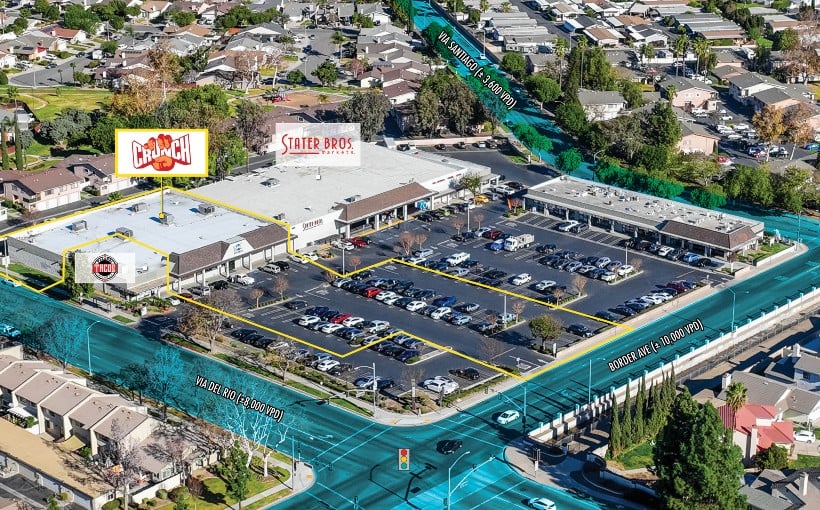The upcoming mid-September meeting of the Federal Reserve is expected to result in a cut to its Effective Federal Funds Rate (EFFR). While this may not lead to a significant drop in current single-family housing mortgage rates, it has raised questions about the future of interest rates.
Marcus & Millichap’s Senior Vice President and National Director for Research and Advisory Services, John Chang, does not foresee a sudden influx of homebuyers due to this rate cut. In a recent video, he shared his insights on trends in single-family housing and their potential impact on commercial real estate.
Previous Trends
In early 2020, the EFFR was between 1% -2%, while 30-year mortgage rates were around 3%. This low cost of borrowing drove demand for homes which resulted in an increase in home prices. “In January 2020, the median home price was $283k but by December that year it had risen to $378k,” said Chang.
However, inflation surged soon after along with an upward push from Fed towards EFFR. The Treasury yield also increased from around 1.6% at the start of January until reaching approximately at end-of-year high point at nearly double that figure: ~3.9%. Consequently causing mortgage rates rise as well; going up from ~3.%4 all way up till hitting almost twice as much: ~6.%4 – with expectation higher interest would dampen sales market while lowering prices.
Chang disagreed with these predictions citing two reasons:
Homeowners locked-in mortgages effect – Few people are willing sell their homes when they have locked-in lower-interest mortgages only having buy another one requiring them pay higher interests like six or seven percent instead three percent.”This led shortage ‘used’ houses being available even new construction slowed down.”
Housing Shortage – Despite adding approximatedly one-and-a-half million new units each year since then there still remains a shortage of 3.5 to 5 million homes in the US. “This has not changed much,” Chang said.
Chang’s predictions turned out to be correct as the median home price reached $412k by mid-2024.
Current Trends
Chang believes that these factors will continue to keep single-family housing prices high for some time. The pent-up demand for housing has and will continue pushing up prices, while mortgage rates are expected remain elevated with no significant drops in sight.” This gap between homeownership and renting is now at its widest level on record,” he added.
So, what does this mean for commercial real estate?
Multifamily – As mentioned earlier, buying a home is more expensive than renting an apartment or house which makes it less attractive option financially speaking.”In Q2’21 monthly rent was about $1,300 lower than payment on median-priced home; so renters are likely stay put.”
Retail – Another factor driving demand for housing is household formation which means more people needing goods such as furniture and appliances.”Retail segments that have been weak over past years could see boost.”
Industrial & Self-Storage – Stronger retail sales automatically lead increased need industrial space like warehouses logistics centers; also household formation tends increase self-storage needs too.
Chang concluded by saying all of this could change depending on economic conditions but if economy stays strong then CRE demands should strengthen too: “But there’re many variables play here always”.




